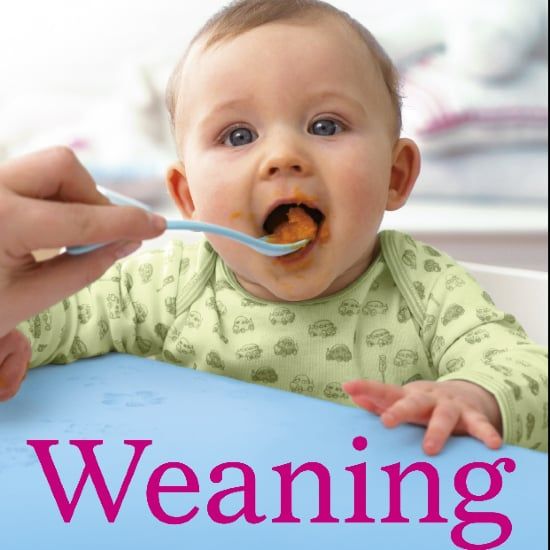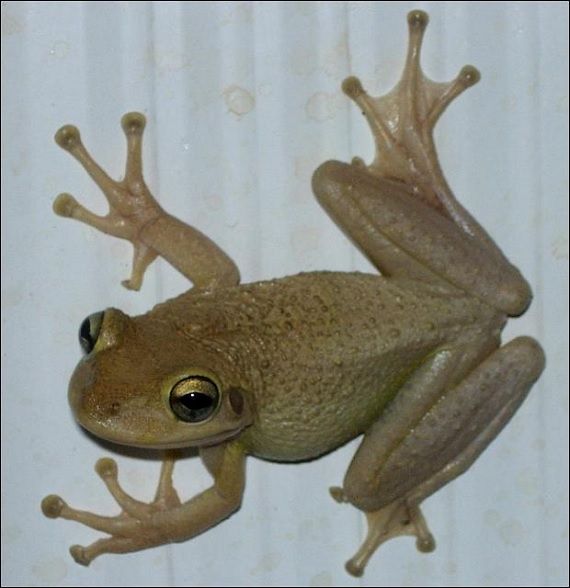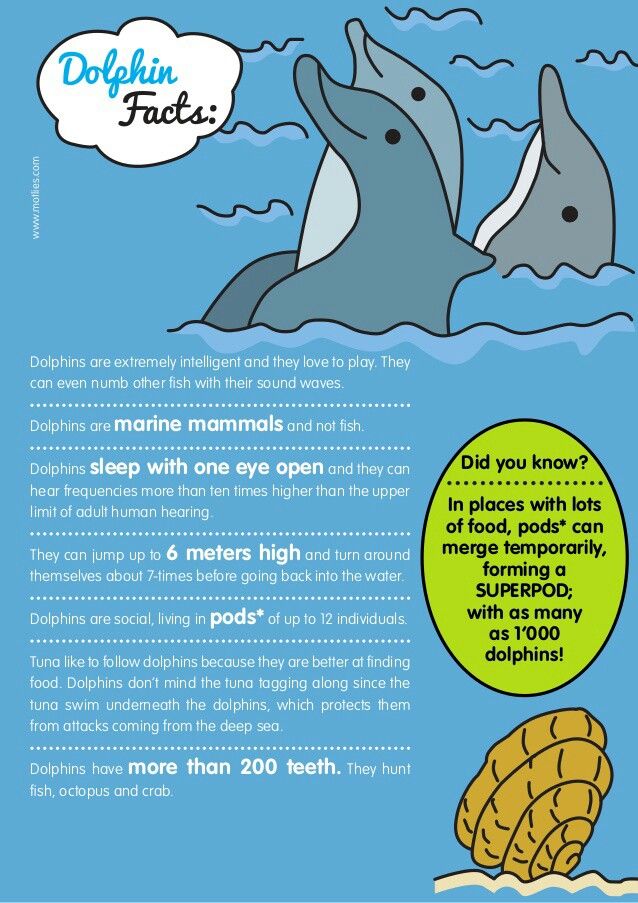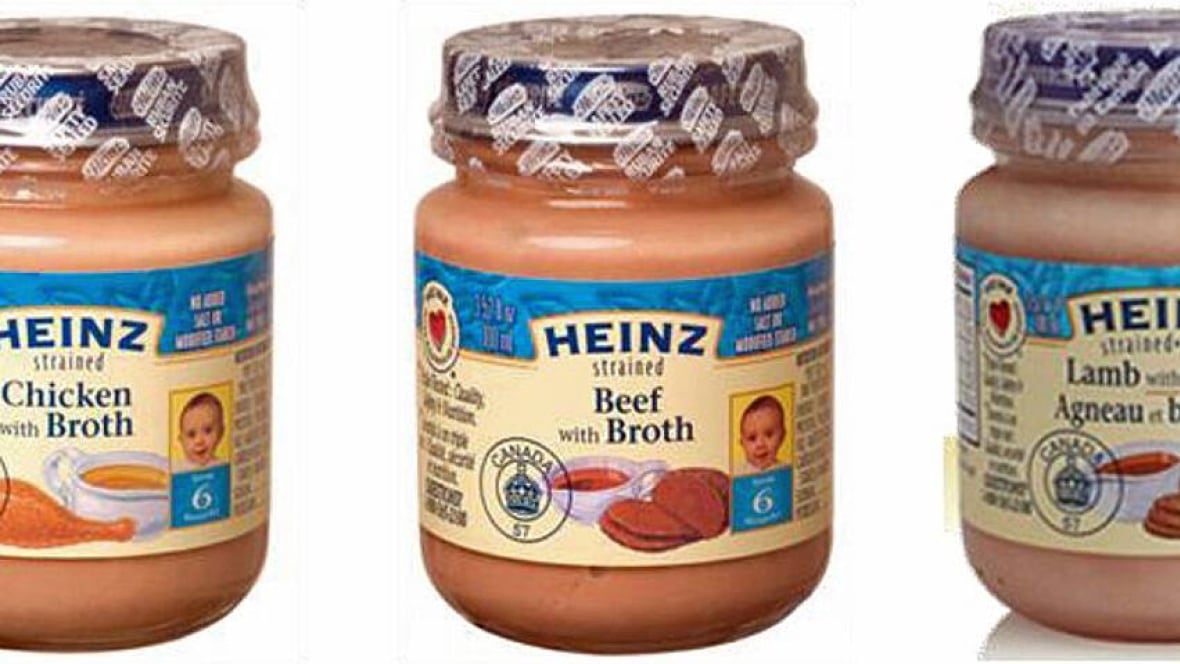Mother pigeon feeding baby
Baby Pigeons: All You Need To Know (With Pictures)
What does a baby pigeon look like?
How big is a baby pigeon?
How much does a baby pigeon weigh?
Why don't you see baby pigeons?
What does a juvenile pigeon look like?
What is a baby pigeon called?
What do baby pigeons eat?
What do pigeon eggs look like?
How long do pigeon eggs take to hatch?
When are pigeons born?
How do pigeons feed their babies?
When can baby pigeons fly?
How long are baby pigeons in the nest?
Where do pigeons nest?
Do pigeons reuse nests?
How long do baby pigeons stay with their parents?
What to do if you find a baby pigeon?
Do pigeons mate for life?
Can baby pigeons survive without their mother?
Pigeons are pretty much everywhere, and anywhere we go. In towns and cities, there's always an abundance of feral pigeons (rock doves) and wood pigeons out in the countryside and urban areas. But little is known about what their babies look like, so we've created this article to try and answer as many common questions about baby pigeons along with some baby pigeon pictures.
What does a baby pigeon look like?
Newly hatched pigeons have pink or darkish skin and a minimal and patchy covering of yellow, which will eventually become feathers - this can sometimes be white. The beak, wings and feet are proportionally much larger than the body; however, they grow into these features as they get bigger. The beak is mainly pinkish but can also be a darker color. The feet are a slate grey color.
Hatchlings are altricial, which means they are born undeveloped and need care and feeding by their parents. The babies are born with their eyes closed. They also lay prone and lift their heads and open their bills weekly.
The eyes of a baby pigeon open when the nestling is between 4 and 5 days old.
Generally speaking, you'll never see the babies in this state unless you domestically breed pigeons or happen to stumble across the nest of a pigeon; however, this is unlikely as pigeons tend to nest in high and secluded places. Most of the time, we first see baby pigeons when they reach their juvenile stage, which is mostly similar to the adult.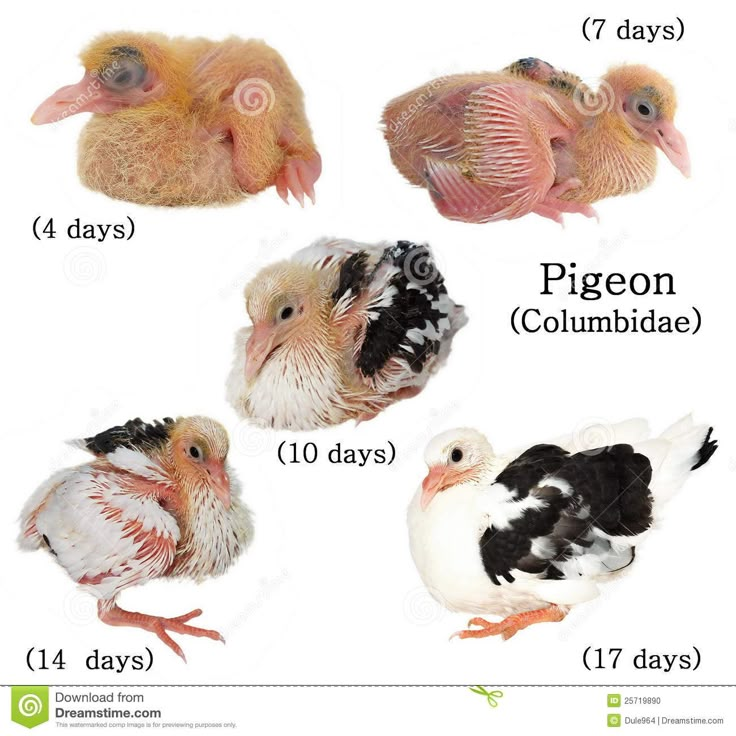
Two recently hatched baby pigeons in a nest
How big is a baby pigeon?
Pigeon babies are usually around 5cm in length when newly hatched.
How much does a baby pigeon weigh?
The average weight is around 15g for newly hatched chicks.
Baby pigeons increase their mass between 4 and 8 grams a day, reaching a weight of between 270 - 350 grams at 30 days old.
Why don't you see baby pigeons?
It's rare to see baby pigeons as they spend a lot longer in the nest than other birds do (on average 30 days). When they fledge, they look almost similar to the plumage of adult birds. They can be hard to distinguish, but it's not impossible to do so.
Another reason is that pigeons tend to nest in places that are completely out of the way. This usually means places like church towers, under bridges, chimneys, and abandoned buildings in towns and cities. Generally, we'll never see a pigeon's actual nest and, in turn, never see pigeon babies.
This tendency to nest up high comes instinctively from descending from rock doves. As the name suggests, rock doves usually nest on cliff edges and usually set back into the face to keep nests safe from any predators.
As the name suggests, rock doves usually nest on cliff edges and usually set back into the face to keep nests safe from any predators.
What does a juvenile pigeon look like?
Juvenile and fledgling pigeons look very similar to adult plumage, which is why many people are confused as to what baby pigeons look like. This is because they spend a lot of time in the nest and are almost in their adult plumage when they fledge.
It varies of the species of pigeons, but generally speaking, the cere on juveniles and fledglings - the white growth that sits above their beaks - will be more of a pinkish-grey compared to the white colour for adults. They also tend to lack the shimmering purple and green around the neck. Juvenile pigeons less than 8 months old have medium-brown or greyish-brown eyes, whereas adults have yellow, orange or reddish-orange. The feathers around the eyes may appear darker than those of adults as well.
Fledging pigeons are a lot more common than you think, so next time you see a group of pigeons, be sure to look out for the juveniles using the tips above.
Pigeons at fledgling stage
A juvenile pigeon
What is a baby pigeon called?
Baby pigeons are called squabs.
Squab is the term given to a young, immature pigeon that is too young to fly - usually under 4 weeks old.
What do baby pigeons eat?
Baby pigeons are fed regurgitated crop milk by both the male and female birds. This is regurgitated to the young birds within 2 hours of hatching for the first 4 days. After this, they will continue to be fed crop milk along with seeds for another 5 days. At around day 9, baby pigeons will have an adult diet brought to them. This comprises of seeds, fruits and occasionally invertebrates.
The amount of food fed to young birds increases daily, particularly when seeds are added. Both parents are required to feed two babies for the first week. After this, one adult can generally feed two squabs successfully.
What is crop milk?
Also referred to as pigeon milk, crop milk is a secretion from the lining of the crop (a 'compartment' where birds can store food prior to digestion).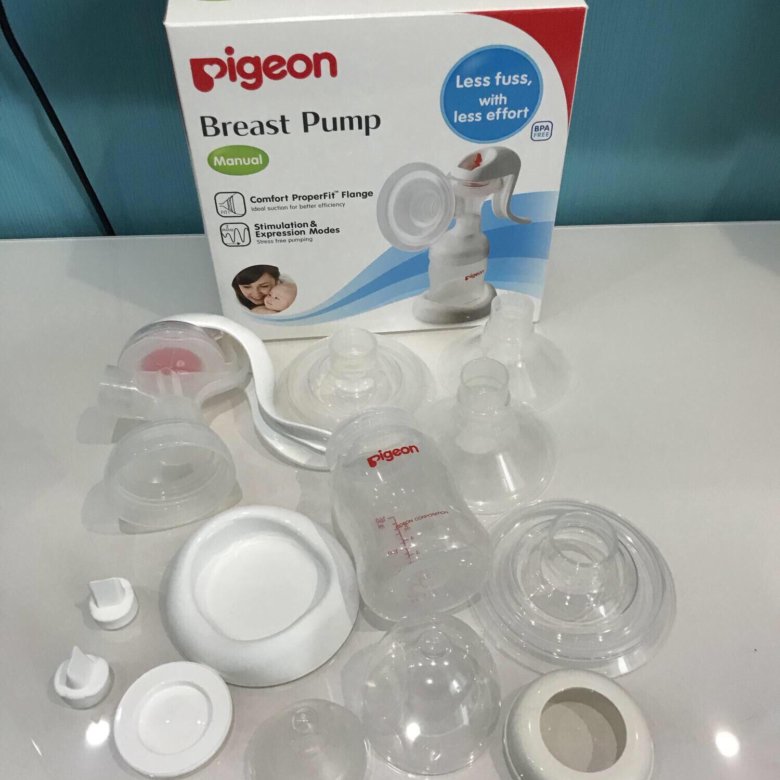 It is also extremely high in fat and protein.
It is also extremely high in fat and protein.
What do pigeon eggs look like?
Pigeon eggs are small and white and have an average length of 38.4mm and a width of 28.6mm. The average weight is 14.6g. The eggshell thickness is about 0.18mm.
Two pigeon eggs in nest
How long do pigeon eggs take to hatch?
Eggs usually hatch between 16 and 19 days after they have been laid. Hatching occurs any time of the day and takes roughly 24 hours to complete. Most of the time, both eggs will hatch at the same time. Parents will remove the empty eggshells from the nest.
Both sexes share incubation duties, with the male generally incubating from mid-morning to late afternoon, with the female from late afternoon to mid-morning.
When are pigeons born?
Pigeons generally breed all year round, so eggs can hatch throughout the year. On average, most baby pigeons hatch in spring and summer, between May and June and between August and November.
How do pigeons feed their babies?
Adults come back to the nest to feed the babies either crop milk, seeds or whichever part of the diet they are on between 3 and 4 times a day.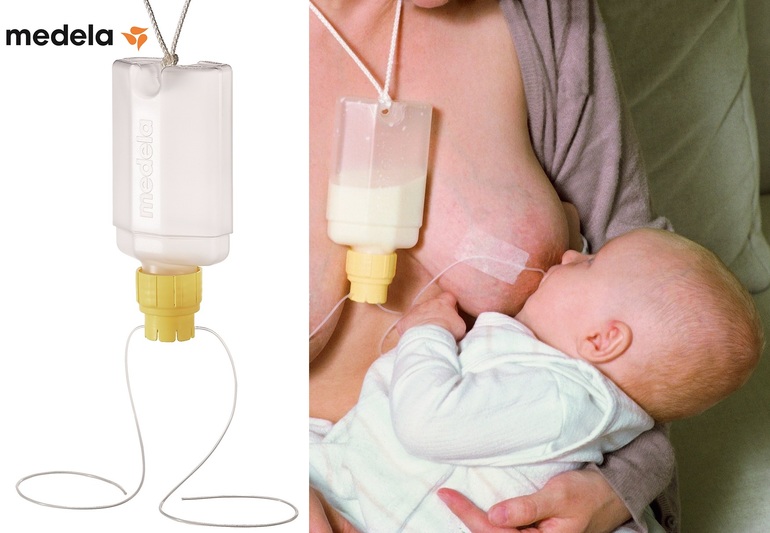 Squabs receive the same amount of food each day.
Squabs receive the same amount of food each day.
The young pigeons give a peeping call and can raise their heads to be fed by the adults. After four days of age, baby pigeons will push at parents to get food and be fed. Young birds will beg and call for food persistently from around 7 days, which is when they will generally feed 2 times a day.
When can baby pigeons fly?
Generally speaking, baby pigeons are capable of flying at around 6 weeks of age. But from 4 weeks, they will start to flap their wings to start practising and learning. You can often see them taking off and landing with small elevations from the ground during this time.
It's purely instinctive, as it is with all flying birds, and will naturally happen shortly after fledging the nest. Parent pigeons are extremely supportive whilst they are learning to fly and will nudge their babies to try and encourage them to move around.
How long are baby pigeons in the nest?
The amount of time spent in the nest depends on the time of year. It is usually between 25 and 32 days in summer, but winter can be up to 45 days.
It is usually between 25 and 32 days in summer, but winter can be up to 45 days.
It's quite common for a recently fledged pigeon to lose quite a bit of weight in the first few weeks. This is because they are frequently heavy before leaving the nest.
Most young pigeons will fledge a day or two before they are fully capable of flying and will spend a couple of days foraging on the ground. In some cases, pigeons will fledge and are unable to get back into their nest. This can happen when the nest is high up and the young bird cannot fly yet. If this happens, they will often beg for food from their parents and other adults.
Pigeon in the nest incubating two eggs
Where do pigeons nest?
Nests are usually constructed on ledges under cover. This can be in a wide range of locations, including caves, coastal cliffs, nooks and crannies, gutters, houses, barns, outbuildings and even occasionally in holes in trees. The main requirement is a flat surface in a covered area.
Males usually pick the site for the nest, and once found, females will sit on this site whilst the male collected materials to build the nest. The materials used are usually a mixture of sticks, twigs, roots, straw, leaves, feathers and many other types of materials.
Once obtained, the male brings the materially back piece by piece to the female, who then takes it in her beak and tucks it around her breast or flanks to construct the nest ultimately.
Do pigeons reuse nests?
Pigeons often reuse old nesting sites and will generally build new nests on top of the old ones. This is generally because of the accumulation of fecal matter on the old nest. Because of this, nests that are 4 years old can be up to 20cm in height and 50cm wide. They can also weigh more than 2kg and have deep cups of up to 8cm.
How long do baby pigeons stay with their parents?
Once fledged, they will usually spend between 1 and 2 weeks in the vicinity of their parental home.
What to do if you find a baby pigeon?
The best thing most of the time is to monitor the fledging and be sure to keep pets away. The parents are more often than not nearby and watching. Sometimes the presence of a human can scare the parents away, so you may not be able to see them all the time - this is why it's important to monitor from afar.
The parents are more often than not nearby and watching. Sometimes the presence of a human can scare the parents away, so you may not be able to see them all the time - this is why it's important to monitor from afar.
If the pigeon appears to be injured or not at the fledgling stage, then consider contacting your local bird or wildlife rescue for advice. This is because they can determine whether the bird needs rescuing.
If there is immediate danger to the pigeon, place it in a sheltered and secure spot nearby.
A pair of pigeons
Do pigeons mate for life?
Yes, pigeons mate for life. They are monogamous and tend to mate with one partner for the entirety of their life. If the unfortunate happens, and their partner dies, they will often find a new partner. However, this can take some time and is not as fast as other birds do.
Can baby pigeons survive without their mother?
Yes, baby pigeons can survive with just their dads. This is because both parents are involved in raising the babies, which essentially means the male bird is just as capable of raising the young.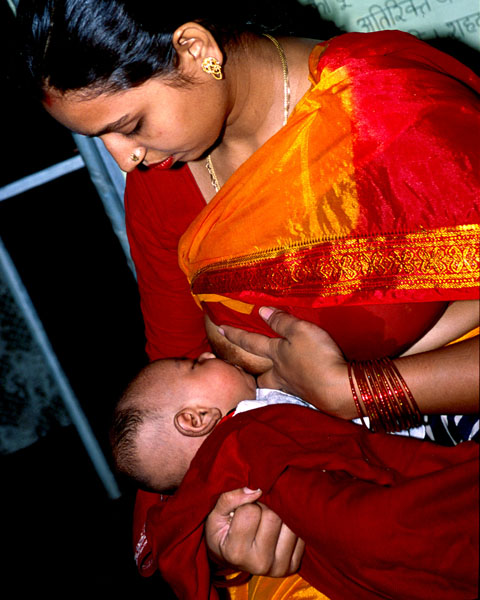 This is, of course, much more of a harder job for the adult, but it is achievable.
This is, of course, much more of a harder job for the adult, but it is achievable.
Expert Q + A
Question
I have a baby pigeon that my pet pigeons had about a week and a half to two weeks ago and I’ve noticed from the beginning since I’ve seen it that it has fast breathing it doesn’t seem to be struggling or gasping for air and it’s not holding its mouth open and it’s color looks good to just be normal thing my biggest concern would be that we have mice and they nest it on the floor and I was wondering maybe the mice could cause respiratory problems if that is the case
BirdFact Team
It sounds like your baby pigeon could potentially have a respiratory infection, yeast, crop status or canker which are all relatively common amongst, young, old and stressed pigeons.
We'd certainly recommend taking your baby pigeon to get checked out at a qualified vet or bird specialist. If it is one of the above conditions, they need treatment as soon as possible.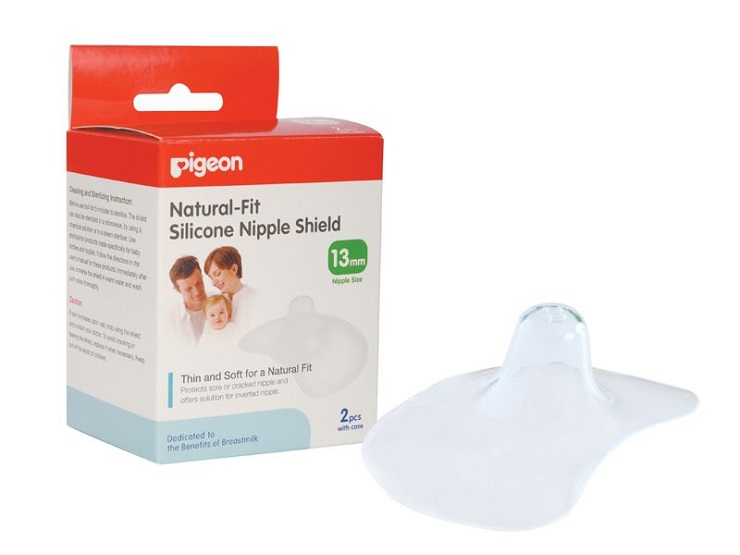
Hopefully, it isn't one of the above, but getting it checked over by a specialist will put your mind at ease.
Ask a question
Do you have a question about this topic that we haven't answered? Submit it below, and one of our experts will answer as soon as they can.
What Is Crop Milk?
Zoltán Vörös / Flickr / CC by 2.0
Crop milk is a semi-solid, crumbly excretion high in fat and protein that some bird species feed to baby birds during the first days after hatching.
Pronunciation
KRAHP milk (rhymes with hop silk, top ilk, and stop bilk)
Nutritional Information
Unlike mammalian milk, crop milk or bird milk does not have any calcium or carbohydrates. The exact composition of crop milk varies depending on the bird species and the parent bird's diet. Generally, it is a gooey, crumbly substance similar in consistency and texture to the curds of cottage cheese.
Fun Fact
Unlike in mammals, crop milk is not generated by mammary glands, nor do young birds suckle on a teat to feed.
Crop milk ranges in color from whitish to yellow, gray, or beige, and contains a variety of substances, including:
- Fat
- Protein
- Minerals
- Antioxidants
- Antibodies
- Bacteria
Crop milk is only fed to young birds for a few days until they are able to digest other foods, and parent birds may gradually mix adult food in with the young birds' diet to wean them off crop milk. To feed on this unique milk, young birds stick their bills into their parents' mouths to stimulate the production and release of the substance. In some species, such as pigeons, both male and female birds can and do produce crop milk to care for their young. In other species, only one gender may produce this food, but it could be either the male or female parent. For example, male emperor penguins produce crop milk, but females do not.
Because the milk not only contains nutrition for the young birds but also has immune-building properties with antioxidants and antibodies from the parent birds, it is believed to play a significant role in the developing health of young birds.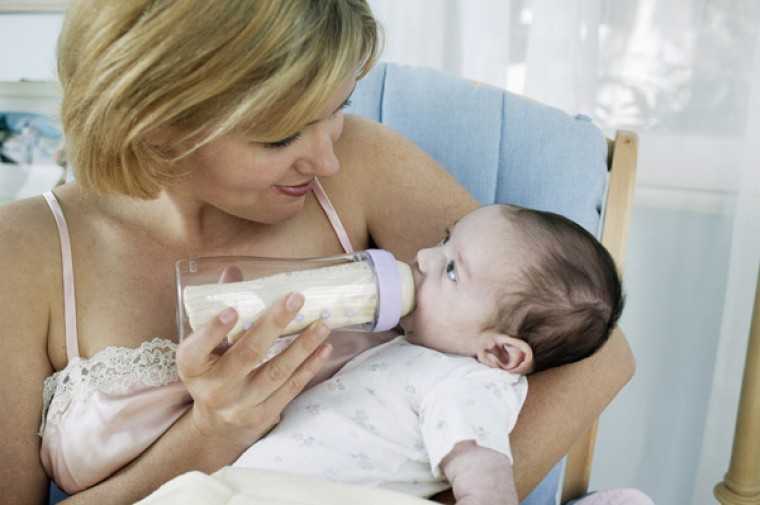 Further detailed study and analysis of different types of crop milk and the birds that produce it is needed to determine the exact role it plays in the diet of young birds. Ornithologists are also interested in how more or less crop milk may affect the development and maturity of chicks and how their survival rates may differ from other birds.
Further detailed study and analysis of different types of crop milk and the birds that produce it is needed to determine the exact role it plays in the diet of young birds. Ornithologists are also interested in how more or less crop milk may affect the development and maturity of chicks and how their survival rates may differ from other birds.
Birds That Produce Crop Milk
All pigeons and doves feed their young crop milk. For these species, the milk contains sloughed off, liquid-filled cells from the inside of the parents' crop. The crop switches from part of the parents' digestive system to milk production just a day or two prior to the eggs' hatching, a switch believed to be caused by hormonal changes. During that time, the parent birds may cease eating altogether so there is no seed in the crop, which very young birds would be unable to digest. After several days of feeding young pigeons milk, the hormone levels taper off and the crop ceases to produce as much milk. At this time, the young birds are better able to digest seeds, insects, and other foods regurgitated by their parents.
At this time, the young birds are better able to digest seeds, insects, and other foods regurgitated by their parents.
Flamingos produce bird milk through glands along the digestive tract. Young flamingos eat this milk until they have developed the mature filter-feeding apparatus in their bills to allow them to feed on solid food. It takes roughly two months for young flamingos to develop well enough to eat mature food, and until that time, they feed exclusively on crop milk. While they are eating crop milk, however, they may still practice feeding as they learn how to use their bills, but they are not ingesting enough mature food to meet their nutritional needs.
Male emperor penguins will also generate a milk-like substance from the esophagus to feed young chicks after hatching. This is especially critical if the fishing females are late returning from the ocean with food to regurgitate. This type of feeding generally only lasts a few days, and after the females have returned, they alternate hunting duties with the males and are able to feed chicks regurgitated fish instead of relying on crop milk.
Alternative Names
While the term crop milk is universally accepted to describe this unusual part of a baby bird's diet, it is also occasionally called pigeon milk, pigeon's milk or bird milk. These terms can be slightly misleading, however. Pigeon or pigeon's milk would seem to imply that only pigeons produce this substance, while bird milk makes it sound as if all birds offer their chicks a type of milk. Neither of these is true, but birders who know the details about crop milk understand how important it is to baby birds, no matter what it is called.
how to get out at home if it fell out of the nest
Content
- 1 What does the pigeon chick eat
- 2 What to do if the pigeon chick fell out of the nest
- 3 How to feed the pigeon chick
- conditions
- 4.1 First week
- 4.2 Second week
- 4.3 Third week
- 4.4 Fourth week
- 4.5 After a month
- 50006
- 6 What to do if the pigeon chick does not eat
- 7 How to hatch the pigeon chick
- 8 Conclusion
Chicks, just like human children, need care and care from their mother. Often in life there are situations in which the chick is torn off from the mother's wing, for example, when he fell out of the nest. If necessary, a person can independently feed a feathered friend at home and, upon reaching the required age, release him into the wild. It is in such situations that it is necessary to know what pigeons feed their chicks, as a result of which there is a high probability of going out and raising a bird on their own. nine0003
Often in life there are situations in which the chick is torn off from the mother's wing, for example, when he fell out of the nest. If necessary, a person can independently feed a feathered friend at home and, upon reaching the required age, release him into the wild. It is in such situations that it is necessary to know what pigeons feed their chicks, as a result of which there is a high probability of going out and raising a bird on their own. nine0003
What a pigeon chick eats
If a feathered bird is left without parents and was picked up by a human, then it should be properly fed and then sent to the wild when it reaches the required age. As practice shows, it is necessary to feed a pigeon chick from birth with crushed and well-brewed food. In the first days of life, a boiled egg yolk is perfect, which is injected into the feathered oral cavity through a syringe. In the future, it is worth feeding grains crushed to the state of flour and steamed in hot water. As the diet grows, it becomes much more diverse: fruits, vegetables, chopped greens, vitamins, live insects are introduced.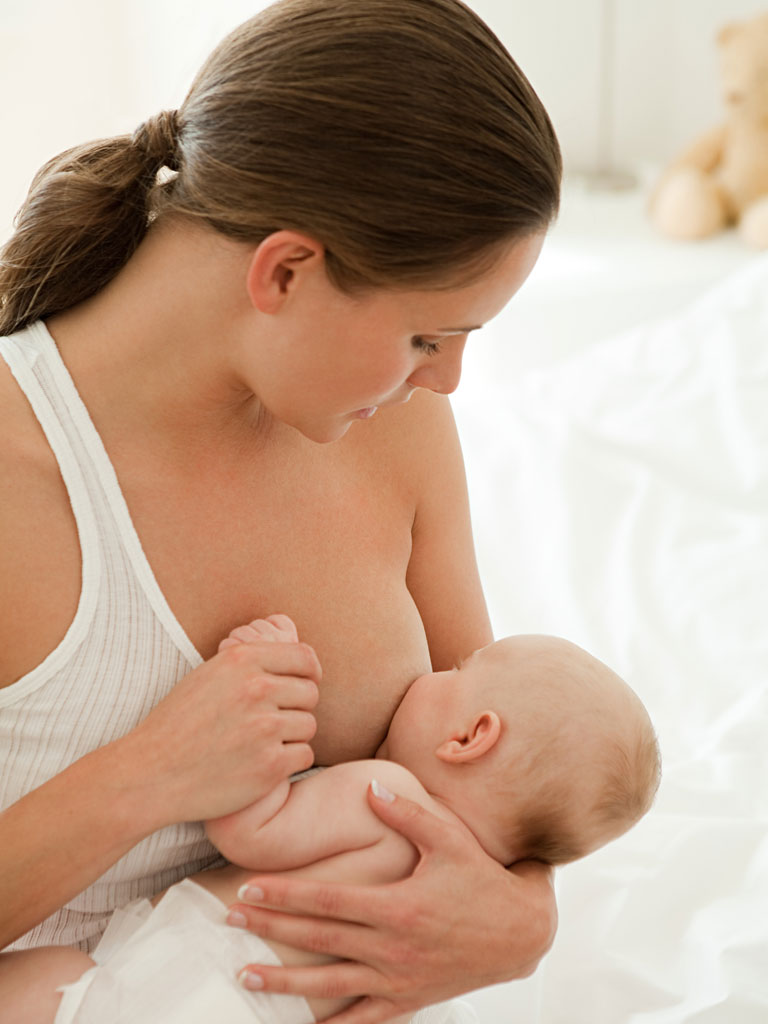 nine0003
nine0003
What to do if a pigeon chick has fallen out of the nest
In the event that a pigeon chick has fallen out of the nest, it is recommended to look around, suddenly its parents are nearby and are afraid to fly up to it because of the presence of people. If there are no adults nearby, then it is worth visually inspecting the pigeon chick itself. If there is plumage, it is completely dry, it behaves quite actively and is warm to the touch, then such a bird does not need help. Most likely this is his first flyby. nine0003
If the found pigeon chick does not fit this description and it is clear that without the help of a person it will die, then you should carefully take it without damaging the bones. Take home to a warm place, starting the feeding process.
How to feed a pigeon chick
It is recommended to feed a pigeon chick strictly according to the age category. This is primarily due to the fact that if you give a week-old baby food intended for a pigeon chick aged 2-3 weeks, then the body simply will not be able to digest food and the pigeon will die.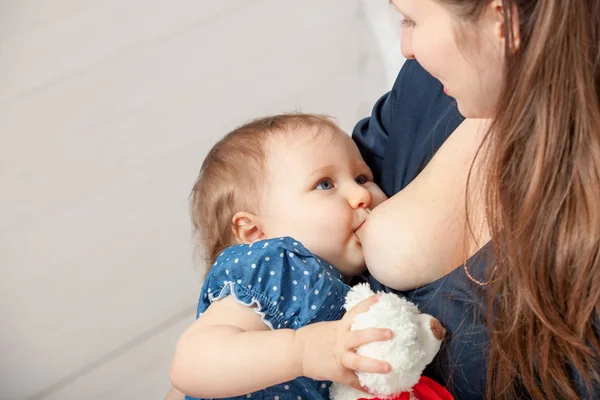 For feeding, you can use a syringe, nipple or pipette. Food is introduced into the oral cavity, making sure that the food completely fills the goiter. From the first days of life it is necessary to accustom to water. nine0003
For feeding, you can use a syringe, nipple or pipette. Food is introduced into the oral cavity, making sure that the food completely fills the goiter. From the first days of life it is necessary to accustom to water. nine0003
How to feed a pigeon chick at home
Feeding a pigeon chick at home is not as difficult as it may seem to many at first glance. As practice shows, it often becomes necessary to independently feed those birds that were found, fell out of the nest and were left without maternal care. In order to understand exactly how to feed and care for pigeon chicks, it is necessary first of all to correctly determine their age - this is the only way to avoid causing even more harm. nine0003
Approximate age can be determined by the following signs:
- rudimentary plumage appears on the 6-7th day of life;
- Eyes fully open on day 9;
- fully developed plumage can be seen by the end of 4 weeks;
- pigeons begin to show the first flitter rides at 6 weeks;
- the first molt occurs at 7 weeks;
- bird stops squeaking and starts cooing at 2-3 months of age;
- first sexual instincts appear at 5 months; nine0006
- final molt at 6 months.

If you correctly determine the age of a pigeon chick left without maternal care, then you can feed and leave the baby.
In the first week
If a newborn pigeon chick is in the hands, then in this case it is important not only to properly feed, but also to water. Thus, it is initially necessary to teach the feathered to take water and food. As practice shows, it is most difficult to get out birds that are about a week old, no more. This is due primarily to the fact that in the first 7 days of life, newborns need breast milk. In order to save the pigeon chick, you will have to make quite a lot of effort. nine0003
A step-by-step algorithm of actions that allows you to feed newborn birds is as follows:
- First of all, you need to purchase a 20 ml medical syringe from the pharmacy and carefully put a nipple on it, preferably a pipette.
- Egg yolk is perfect as a feed, as it contains a large amount of minerals so necessary for the normal life of a pigeon.
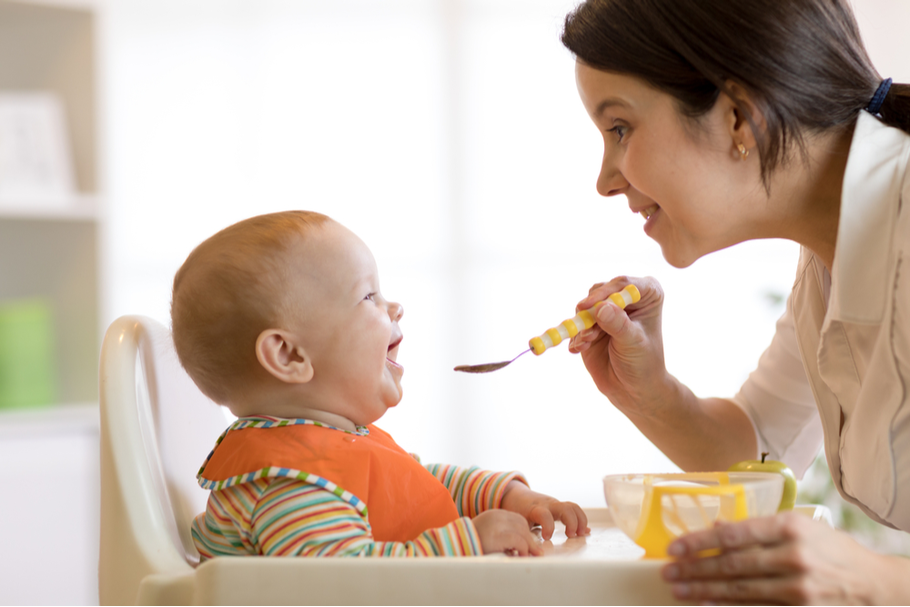 You can also use special grains that are pre-ground to a state of flour. nine0006
You can also use special grains that are pre-ground to a state of flour. nine0006 - Received food is gently introduced into the oral cavity through a syringe, allowing time for the processing of the received components.
Pigeon chicks need to be fed at least 6 times throughout the day.
In the second week
Starting from the second week, it is recommended to introduce grain mass into the diet, as very soon the chick will start eating like an adult pigeon. It is worth feeding only grain crushed to the state of gruel and well steamed. This will require:
- Thoroughly grind the cereal through a coffee grinder several times.
- Mix the resulting flour with hot water.
- Let stand for 7 minutes.
It is important to understand that such a semi-liquid porridge is still incomplete food and cannot be fed. It is recommended to add chicken yolk to the steamed grain and only after that start feeding.
Since pigeon chicks require calcium for full growth and development, a solution based on calcium gluconate can be added to food.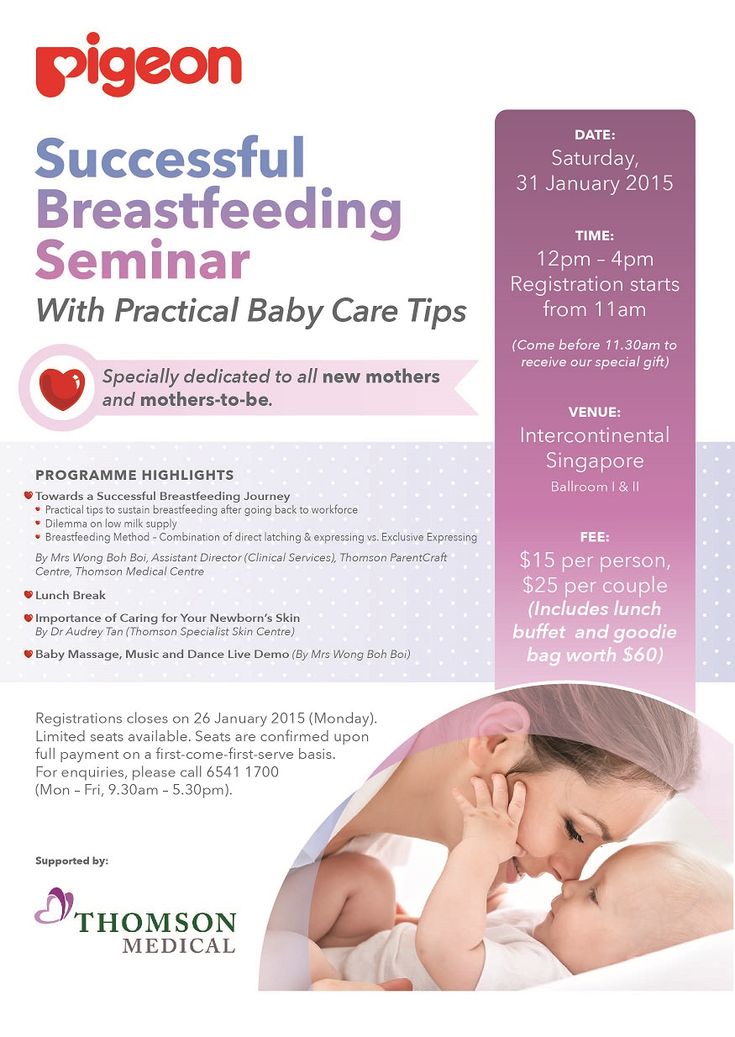 To improve the immune system, before you start feeding the chicks, add 2-3 drops of honey to the porridge. nine0003
To improve the immune system, before you start feeding the chicks, add 2-3 drops of honey to the porridge. nine0003
By the end of the second week, the body of the chick will be completely covered with feathers, it will begin to move and scream even louder. During the day, birds are fed from 4 to 6 times. At the same time, it is worth making sure that the goiter is filled with food to the maximum.
Tip! If necessary, calcium gluconate can be replaced with crushed egg shells.
In the third week
From the third week, pigeon chicks feed completely differently. During this period of time, it is necessary to teach them to eat whole grains. Before feeding the birds, the grains should be placed in warm water for 10 minutes. In their natural habitat, parents give the chicks seeds of plants that have been in their stomach for some time and have undergone all the necessary processing, partially undergone splitting. nine0003
It is worth feeding with hands, young pigeons put no more than 3 grains into the mouth at each time. During this period of time, pigeon chicks begin to drink on their own. That is why, after they have already been fed (not before eating), you should carefully lower the baby's beak into a container of clean warm water.
During this period of time, pigeon chicks begin to drink on their own. That is why, after they have already been fed (not before eating), you should carefully lower the baby's beak into a container of clean warm water.
Attention! It is important to ensure that liquid does not enter the chick's sinuses, as there is a high probability that it will choke.
Chopped greens and carrots can be gradually introduced into the diet. nine0003
In the fourth week
3 weeks after birth, pigeon chicks try to start eating on their own. During this period of time, they can be fed more varied. At this age, pigeons can be given a boiled and well-chopped chicken egg and a small amount of white bread. It is important to take into account the fact that only white can be fed, this is largely due to the fact that dark bread varieties have a coarser grinding and are less digestible by chicks.
It is recommended to sprinkle a small amount of grain on the table and lightly tap on the table top, thereby attracting the attention of pigeons.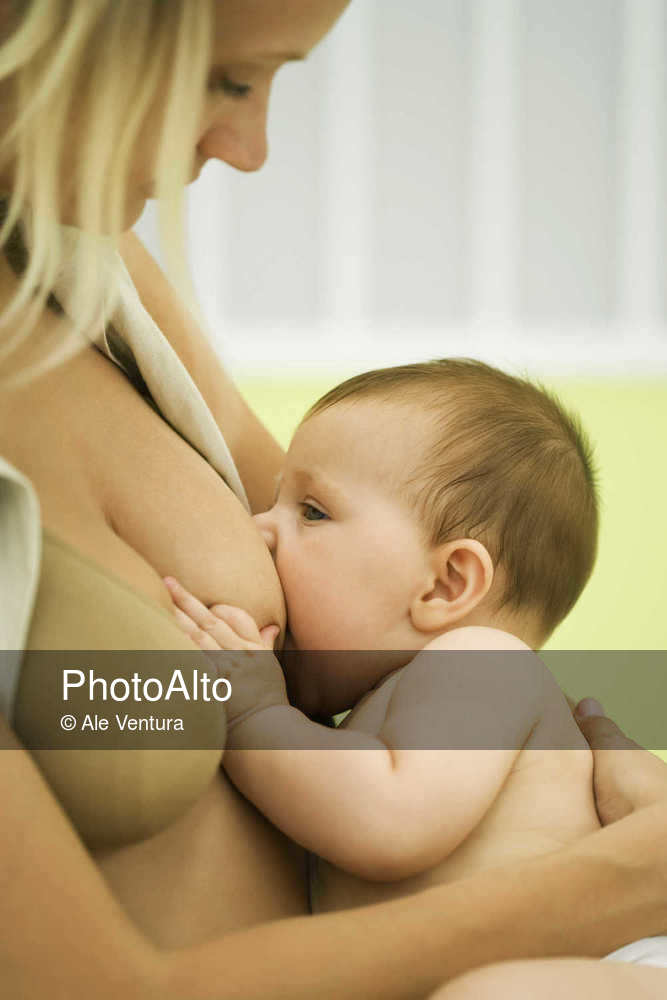 As practice shows, the chicks quite quickly understand what is required of them, and begin to eat food on their own. nine0003
As practice shows, the chicks quite quickly understand what is required of them, and begin to eat food on their own. nine0003
Important! For a few more days, it is recommended to additionally feed the birds, giving food from the hands.
After a month
After a month, the diet can and even needs to be diversified. In such cases, it is necessary to feed with fruits, which are pre-cut into small pieces, give chopped greens. Small balls are made from the bread crumb, this is necessary so that the birds can independently take it in their beak and swallow it.
One month old chicks can be fed in the same way as adult pigeons. During this period of time, the babies are preparing for their first flight. Despite this, you should not quickly allow pigeons to adults, it is best to feed them separately for some time. nine0003
Tip! If the bird looks rather lethargic and eats little, then you need to add 3% glucose solution to the water.
What not to feed the chicks
Despite the fact that growing birds need insects, it is not recommended to feed them with the following:
- carcasses of insects of any kind.
 As practice shows, the death of an insect is a consequence of intoxication, and the poison also has a negative effect on the feathered organism;
As practice shows, the death of an insect is a consequence of intoxication, and the poison also has a negative effect on the feathered organism; - Colorado beetles - they are not recommended because of their toxicity; nine0006
- ladybugs - capable of excreting a toxic liquid. Under natural conditions, if a bird has eaten a ladybug by mistake, then it immediately spits it out;
- hairy caterpillars - since such insects contain small hairs on the body, they can quite easily clog the crop;
- Brightly colored bugs - rich colors indicate that it is better not to risk using these insects.
In addition, meat and fish products should not be introduced into the diet, as it is quite difficult to process them. nine0003
Attention! It is best to feed the bird with nondescript bedbugs.
What to do if the pigeon chick is not eating
If it has been noticed that the pigeon chick is not eating, then special attention should be paid to the diet. It often happens that the age of the chick was determined incorrectly, respectively, and further feeding is carried out incorrectly. It is important to take into account the fact that at first adults feed babies with semi-digested food.
It often happens that the age of the chick was determined incorrectly, respectively, and further feeding is carried out incorrectly. It is important to take into account the fact that at first adults feed babies with semi-digested food.
It is necessary to feed the bird with a syringe if it is still very small, larger individuals are fed by hand. It should be borne in mind that at first the chick will not be able to take food on its own, it must be helped in this matter. If necessary, you can add a 3% glucose solution to the water, which will help give strength. nine0003
How to hatch a pigeon chick
Caring for a pigeon chick must be of high quality and complete. It is important to understand that at first the plumage is completely absent, as a result, the chick may freeze. For these purposes, it is recommended to use a heating pad that will maintain the optimum temperature. When plumage appears on the dove, the heating pad can be removed, but it is necessary to ensure that the temperature regime does not fall below + 25 ° С.
Conclusion
Pigeons feed their chicks with semi-digested food. To do this, they use plant seeds that, while in the stomach of an adult, undergo primary processing and undergo partial splitting. This knowledge will help the chick come out on its own. nine0003
Why do we see only adult pigeons on the street? Where are their chicks?
There are several reasons why we rarely see young pigeons, and for this we will have to briefly consider the features of the nesting of the city rock dove.
Reason #1. We do not see pigeon nests
Many urban birds nest quite openly, and even without noticing the chicks, we learn about their appearance by observing the behavior of the birds at the nests. The buildings of crows and thrushes are clearly visible on the branches of trees, starlings fly with food into the nest boxes we hung out, sparrows hide in cracks on the walls of houses or under roofs, from where bunches of straw and tow they brought stick out. Sisars, on the other hand, nest mainly in the attics of multi-storey buildings, flying there through cracks and dormer windows. Therefore, it is impossible to judge the presence of pigeon nests and their contents from the street. Only occasionally can one see a sizar returning to a nest under construction with a dry twig in its beak. The nest of the rock dove, like that of most of its relatives around the world, is a small platform built from dry twigs, and its construction does not require much effort. nine0003
Sisars, on the other hand, nest mainly in the attics of multi-storey buildings, flying there through cracks and dormer windows. Therefore, it is impossible to judge the presence of pigeon nests and their contents from the street. Only occasionally can one see a sizar returning to a nest under construction with a dry twig in its beak. The nest of the rock dove, like that of most of its relatives around the world, is a small platform built from dry twigs, and its construction does not require much effort. nine0003
Wild rock pigeons inhabit places that are practically inaccessible to people - cornices and niches on high cliffs, sheer cliffs or on the walls of bottomless caves. Pigeon nests built in urban attics are easier to inspect, but the townspeople don't do it often, even if they manage to get under the roof of their house. Where pigeons breed for many years in a row, all the space occupied by them is flooded with droppings, covered with nesting material, mixed with dead eggs and dried corpses of chicks. Under such conditions, in the twilight of the attic, it is not easy to look out for a residential nest, even if there are large chicks in it. A casual visitor would rather hurry to leave the attic inhabited by pigeons than wait for the adult birds to return to their offspring. nine0003
Under such conditions, in the twilight of the attic, it is not easy to look out for a residential nest, even if there are large chicks in it. A casual visitor would rather hurry to leave the attic inhabited by pigeons than wait for the adult birds to return to their offspring. nine0003
The first two weeks after hatching, the chicks feed mainly on secretions from the walls of the parents' goiter (a bag-like expansion of the esophagus) - a kind of "bird's milk" that has the consistency of thick sour cream and contains all the organic and mineral substances necessary for the development of the chicks. Later, the chicks gradually switch to grain and other roughage, which the parents also bring to their crop. By the appearance of a flying dove, it is impossible to determine whether it is carrying food to the chicks. That is why it is so difficult to notice the beginning of the period when the pigeons have offspring. nine0003
Reason #2. We do not distinguish young pigeons from adults
What do young birds usually look like when they leave the nest? Urban songbirds - ravens, thrushes and sparrows - have the so-called chick type of development, that is, their chicks are born completely helpless and sit in the nest almost until they are fully grown, leaving it shortly before they take to the wing. Able to fly, young birds may differ little in size from their parents, but they immediately impersonate short, not yet fully grown, tails, bright (yellow or red) corners of the mouth, as well as characteristic behavior: fledglings (chicks that have just begun to leave the nest) tremble finely wings and open their beaks, begging for food from their parents. In brood birds (for example, the urban mallard), in which the chicks leave the nest soon after hatching, they differ sharply from their parents in their appearance: the chicks are covered with down, not feathers, are noticeably smaller than adults and are colored differently. nine0003
Able to fly, young birds may differ little in size from their parents, but they immediately impersonate short, not yet fully grown, tails, bright (yellow or red) corners of the mouth, as well as characteristic behavior: fledglings (chicks that have just begun to leave the nest) tremble finely wings and open their beaks, begging for food from their parents. In brood birds (for example, the urban mallard), in which the chicks leave the nest soon after hatching, they differ sharply from their parents in their appearance: the chicks are covered with down, not feathers, are noticeably smaller than adults and are colored differently. nine0003
Pigeons are also chicks, and all their development takes place in the nest. When at the age of about a month young pigeons leave the nests, their feather cover is almost completely formed and they are very similar to adults (more than songbirds). Young pigeons are able to fly and search for food on their own, although inexperience often leads them to death - for example, under the wheels of cars. Until they reach full independence, they find food in the crops of their parents, so the base of their beak remains unfeathered for a long time, otherwise their feathers could easily get dirty or wear out quickly when juvenile pigeons stick their beak into the beak of their mother or father. The beaks of young pigeons, bare at the base, seem to us longer than the beaks of adults. nine0003
Until they reach full independence, they find food in the crops of their parents, so the base of their beak remains unfeathered for a long time, otherwise their feathers could easily get dirty or wear out quickly when juvenile pigeons stick their beak into the beak of their mother or father. The beaks of young pigeons, bare at the base, seem to us longer than the beaks of adults. nine0003
In most birds, the plumage of young birds looks duller and less elegant than the plumage of the parents. The same is true of pigeons: young birds lack the metallic sheen on the neck and chest that is characteristic of wild sizars and many of their domesticated descendants. The absence of such brilliance does not make them less noticeable to predators, but apparently determines the nature of the relationship of pigeons with their relatives, who immediately determine young individuals in dull-colored birds. A person can only notice the differences between young and adult sizars from a close distance. nine0003
nine0003
Young birds are often betrayed by the attitude of their parents towards them. Next to the chicks of gray crows or fieldfare thrushes - one of the most noticeable city birds - their parents are invariably located. They bring them food (in their beaks, like thrushes, or in a special bag under their beaks, like crows), scream excitedly when a person or dog approaches the chicks, and often try to drive away a potential predator. For pigeons, such manifestations of anxiety are not typical. According to the literature, Sisari continue to feed the young after their departure, but they do this for a short time - no more than a week. The chicks of pigeons nesting on Moscow roofs apparently fly to the ground and are completely independent - in any case, I have never been able to observe how a young pigeon begs for food from an adult. In this, rock doves resemble swifts, in which parents stop feeding their chicks even before they leave the nest. nine0003
Reason #3. We rarely meet young pigeons
No matter how similar young pigeons are to adult birds, we would inevitably pay attention to them if they appeared at once in large numbers, like the fledglings of many of our songbirds that fill city squares in May and June.
However, pigeons breed not so synchronously. Many Sisari start building nests as early as February and March and manage to make four or five nesting attempts a year, but young pigeons do not fly out of neighboring nests at the same time. Different pairs begin nesting at different times, in many sizars, clutches and chicks die (for example, the nests are destroyed by the gray crow), and adult birds begin to nest again, while in others the chicks successfully fly out. Late brood chicks leave nests in November-December. There are cases of successful breeding of the Rock Pigeon in other winter months. nine0003
Broods of rock doves are small. The female lays only two eggs. The first chick is born almost a day earlier than the second and gains an advantage in development, so that the younger chicks sometimes die of exhaustion. By the time the chicks leave the nest, the female often already incubates the eggs of the next clutch, and then only the male feeds the grown offspring.


